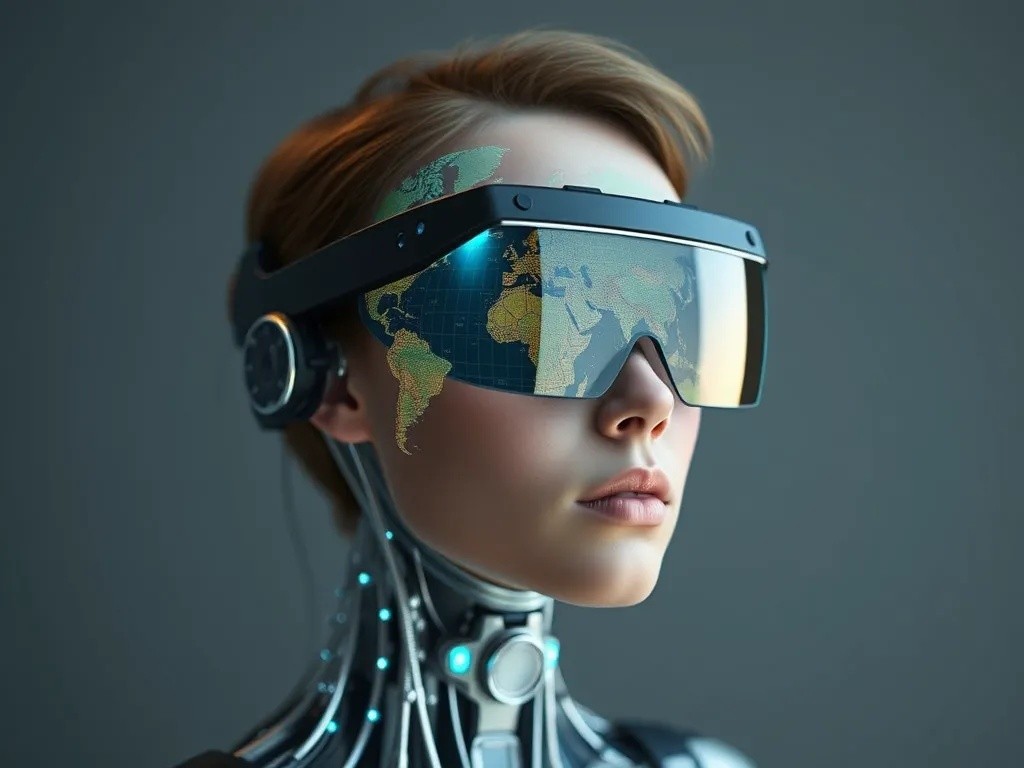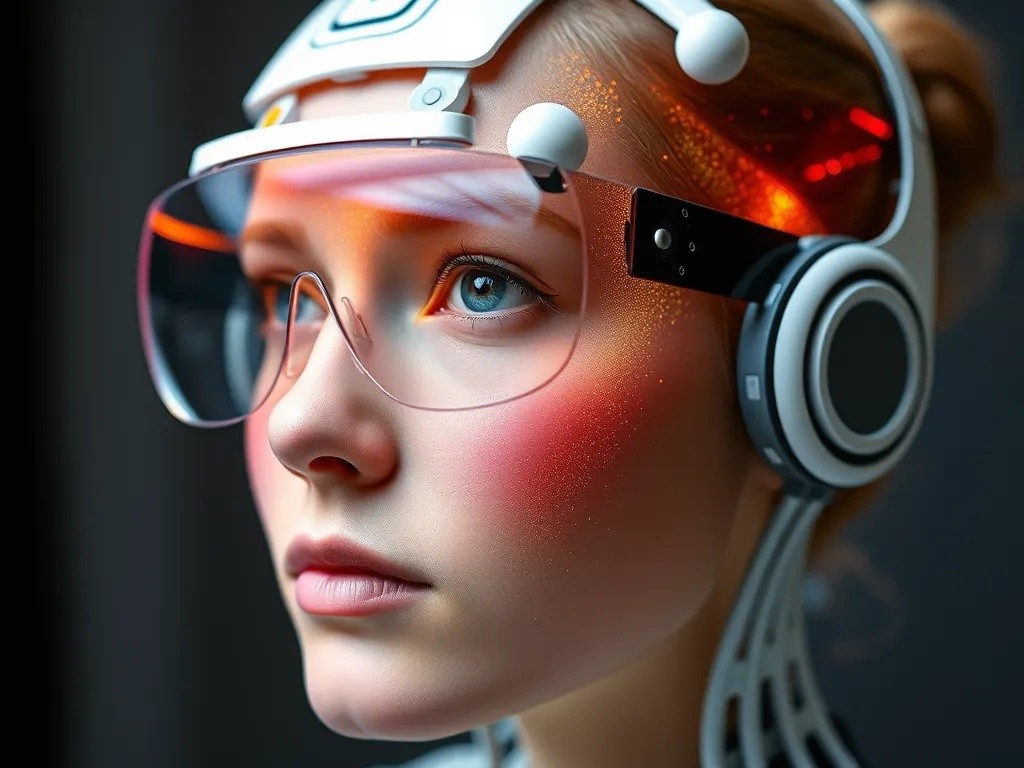In recent years, there has been a significant advancement in the field of Artificial Intelligence (AI) and Augmented Reality (AR). These technologies have become increasingly popular and have the potential to enhance virtual experiences in various fields such as gaming, education, healthcare, and...
Artificial Intelligence Helps Blind People See the World

In an era where technology continues to break barriers, artificial intelligence stands as a beacon of hope for millions of blind and visually impaired individuals worldwide. Through groundbreaking innovations in computer vision, machine learning, and audio processing, AI is transforming how people without sight navigate, interact with, and experience the world around them.
Revolutionary Computer Vision Technologies
Modern AI systems have developed remarkable capabilities in interpreting visual information and converting it into accessible formats. Computer vision algorithms can now identify objects, read text, recognize faces, and describe complex scenes with unprecedented accuracy.
Object Recognition and Scene Description
AI-powered applications like Microsoft's Seeing AI and Google's Lookout use smartphone cameras to identify everyday objects and provide real-time audio descriptions. These tools can recognize everything from household items to street signs, helping users navigate their environment with greater confidence and independence.
The technology works by analyzing visual data through neural networks trained on millions of images. When a user points their smartphone camera at an object, the AI processes the visual information and delivers instant audio feedback describing what it sees.
Text-to-Speech Integration
One of the most practical applications of AI for blind users is optical character recognition (OCR) combined with text-to-speech technology. This combination allows users to:
- Read printed documents, books, and newspapers
- Navigate restaurant menus and product labels
- Access written information on signs and displays
- Review mail and official documents independently
Smart Navigation and Mobility Solutions
AI is revolutionizing mobility for blind individuals through sophisticated navigation systems that go beyond traditional GPS technology. These systems combine multiple data sources to provide comprehensive spatial awareness.
Indoor Navigation Systems
While GPS works well outdoors, indoor navigation has traditionally been challenging for blind users. AI-powered solutions now use smartphone sensors, Bluetooth beacons, and computer vision to create detailed indoor maps. These systems can guide users through complex buildings like shopping malls, airports, and office complexes.

Obstacle Detection and Avoidance
Advanced AI algorithms can detect and warn users about obstacles in their path, including:
- Overhead hazards like low-hanging branches
- Ground-level obstacles such as construction barriers
- Moving objects like vehicles and pedestrians
- Changes in elevation or surface texture
Social and Communication Enhancement
AI technology is also improving social interactions for blind individuals by providing contextual information about their surroundings and the people they encounter.
Facial Recognition and Emotional Context
Some AI applications can identify familiar faces and even interpret facial expressions, helping blind users understand social cues and emotional contexts during conversations. This technology enables more natural and confident social interactions.
Currency and Financial Independence
AI-powered apps can identify different denominations of currency, read credit card information, and even assist with online banking and shopping. These capabilities promote financial independence and reduce reliance on others for monetary transactions.
Educational and Professional Applications
The impact of AI extends into educational and professional settings, where blind individuals can access information and participate more fully in academic and work environments.
Document Processing and Analysis
AI systems can now process complex documents, extract key information, and present it in accessible formats. This includes analyzing charts, graphs, and visual data that were previously inaccessible to blind users.
Future Developments and Challenges
While current AI technologies have made significant strides, ongoing research continues to push boundaries. Future developments may include more sophisticated haptic feedback systems, improved real-time processing capabilities, and better integration with smart city infrastructure.
However, challenges remain, including ensuring affordability, improving accuracy in diverse environments, and addressing privacy concerns related to constant camera and microphone usage.
Conclusion
Artificial intelligence is fundamentally changing how blind and visually impaired individuals interact with the world. By transforming visual information into accessible formats, AI technologies are breaking down barriers and creating new possibilities for independence, mobility, and social participation. As these technologies continue to evolve, they promise to further enhance the quality of life for millions of people worldwide, truly helping them "see" the world in ways never before possible.



